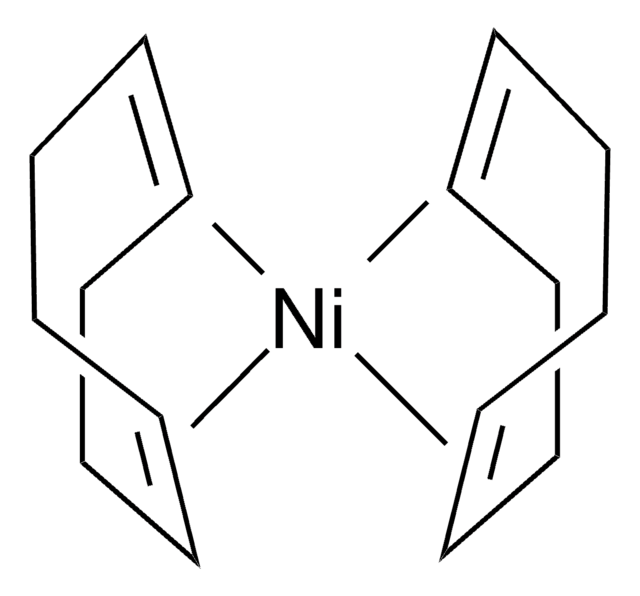203793
Mercury(II) oxide
99.999% trace metals basis
Synonyme(s) :
Mercuric oxide
About This Item
Produits recommandés
Niveau de qualité
Pureté
99.999% trace metals basis
Forme
powder
Pertinence de la réaction
reagent type: catalyst
core: mercury
Pf
500 °C (dec.) (lit.)
Chaîne SMILES
O=[Hg]
InChI
1S/Hg.O
Clé InChI
UKWHYYKOEPRTIC-UHFFFAOYSA-N
Vous recherchez des produits similaires ? Visite Guide de comparaison des produits
Catégories apparentées
Mention d'avertissement
Danger
Mentions de danger
Conseils de prudence
Classification des risques
Acute Tox. 1 Dermal - Acute Tox. 2 Inhalation - Acute Tox. 2 Oral - Aquatic Acute 1 - Aquatic Chronic 1 - STOT RE 2
Organes cibles
Kidney
Code de la classe de stockage
6.1A - Combustible acute toxic Cat. 1 and 2 / very toxic hazardous materials
Classe de danger pour l'eau (WGK)
WGK 3
Point d'éclair (°F)
Not applicable
Point d'éclair (°C)
Not applicable
Équipement de protection individuelle
Eyeshields, Faceshields, Gloves, type P3 (EN 143) respirator cartridges
Faites votre choix parmi les versions les plus récentes :
Déjà en possession de ce produit ?
Retrouvez la documentation relative aux produits que vous avez récemment achetés dans la Bibliothèque de documents.
Articles
Oxidation and reduction reactions are some of the most common transformations encountered in organic synthesis
Notre équipe de scientifiques dispose d'une expérience dans tous les secteurs de la recherche, notamment en sciences de la vie, science des matériaux, synthèse chimique, chromatographie, analyse et dans de nombreux autres domaines..
Contacter notre Service technique


